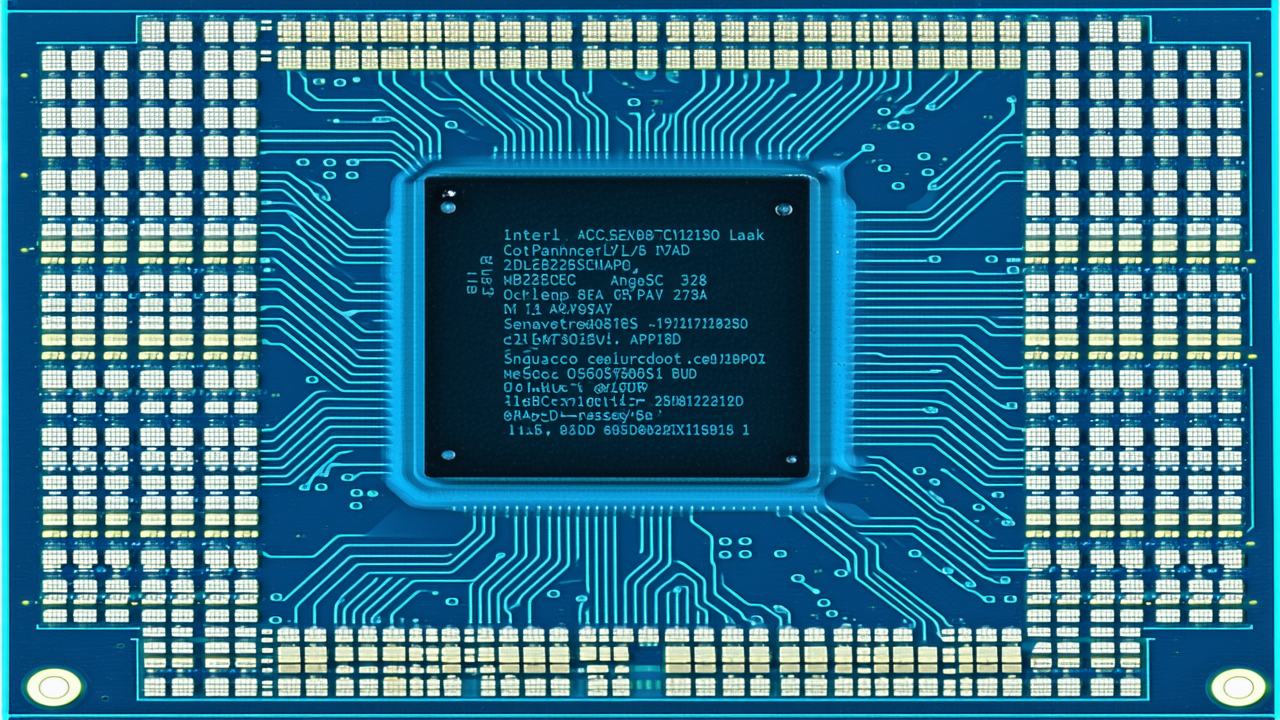Report Intel 18A Process Yield at Only 10%, New Generation Processor May Lose Money on Launch
(Central News Agency, San Francisco, 5th Comprehensive Foreign Media Report) According to Reuters, citing informed sources, Intel's plan to produce its new generation high-end laptop processor Panther Lake (Panther Lake) using its 18A process has encountered significant obstacles. The yield remains at only 10% this summer, making the profit of this chip worrying.
The report points out that Intel originally focused on designing and producing its own chips and outsourced part of the production work to TSMC. Now, Intel hopes to expand its business scope and become a chip foundry capable of competing with TSMC, but the prerequisite is to narrow the technological gap with this former main supplier.
Although the early trial production of the 18A process last year disappointed customers, Intel later said that the 18A process was progressing smoothly and that mass production of Panther Lake chips could begin this year. Panther Lake contains a new generation of transistors and has a more efficient power supply method. Intel hopes to attract interest in its wafer foundry business by producing this advanced self-designed chip using the 18A process.
However, two people who heard the trial production data briefing since the end of last year revealed that only a small proportion of the Panther Lake produced over the past period was good enough to be supplied to customers. Such a yield means that Intel may find it difficult to make this chip profitable in the short term.
Intel said in April this year that it had begun taking major "risk production" steps for producing Panther Lake chips using the 18A process; by May, Intel also displayed several laptops equipped with Panther Lake at the Taipei International Computer Exhibition. However, the problem still exists.
The report points out that one of the ways chip manufacturers calculate yield is to measure the number of defects in each area of a chip, and the algorithms vary depending on the chip design. However, the two sources said that according to industry standards, the current Panther Lake processors produced have about three times more defects, preventing Intel from starting mass production.
According to these sources, only 5% of Panther Lake processors produced by Intel at the end of last year met the required specifications. One of the sources revealed that by the summer of this year, the yield had only improved to about 10%. However, the source warned that Intel may claim a higher yield if the output chips that did not meet each performance target are included. Reuters currently cannot specify the exact yield.
Two sources familiar with Intel's manufacturing operations said that if Intel is to launch Panther Lake in the fourth quarter of this year, significantly improving the yield will be a daunting task; if the required improvement progress cannot be achieved, Intel may have to sell some chips at lower profits or even at a loss.
